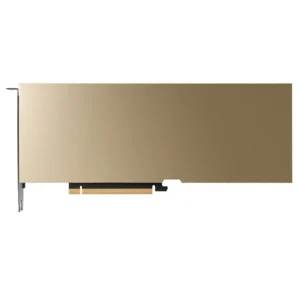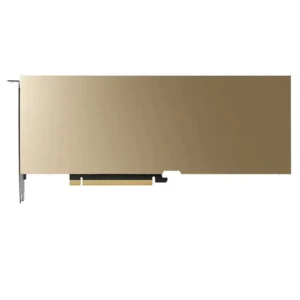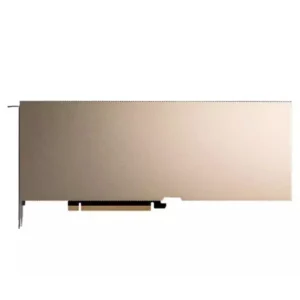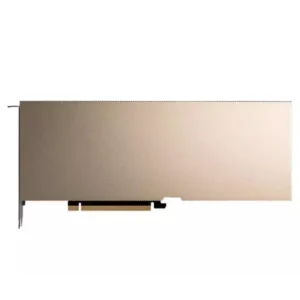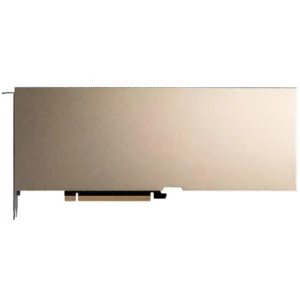In the world of computer networking, one component plays a vital role in ensuring devices can communicate over a network — the Ethernet interface card (NIC). Whether you’re setting up a home office, managing a data center, or simply ensuring smooth internet connectivity on your PC or laptop, understanding the role and types of network interface cards (NICs) is essential. In this article, we’ll dive deep into what Ethernet cards are, their functions, types, and how they contribute to both wired and wireless network connections.
Table of Contents
ToggleWhat is an Ethernet Card Used For?
An Ethernet card, also known as a network interface card (NIC), is a hardware component that enables a device (like a desktop, laptop, or server) to connect to a wired local area network (LAN). The card provides the physical interface between the computer’s internal network and the outside world, typically via an Ethernet cable. Ethernet cards come in a variety of forms, ranging from internal expansion cards (for desktop PCs) to external adapters (for laptops) and even wireless versions.
The primary function of an Ethernet card is to handle the communication between the computer and the network. It converts data from the computer into signals that can travel over an Ethernet cable and vice versa.
What Does an Ethernet Interface Do?
The Ethernet interface refers to the connection between the network interface card and the physical network medium, like an Ethernet cable or wireless connection. It serves as the point where a device sends and receives data over a local area network (LAN) or the internet. Essentially, the Ethernet interface card (NIC) serves as the gateway for your device to access shared network resources, such as servers, printers, or internet connectivity.
In Windows 10 and other operating systems, the Ethernet interface card can be configured through device manager settings or network configuration menus. Users can monitor performance, troubleshoot network issues, and modify settings like IP addresses, DNS, and more.
What is the Purpose of the Network Interface Card?
A network interface card (NIC) provides the essential hardware for a computer to connect to a network. The NIC works by using a unique MAC (Media Access Control) address to identify the device within the network. This address ensures that the device can communicate with other devices accurately.
The primary functions of a NIC include:
- Data Transmission and Reception: The NIC enables data to be transmitted over the network and ensures that it is received correctly by the device.
- MAC Addressing: The NIC uses a unique MAC address to identify the device on the network.
- Network Protocol Support: Modern NICs support various network protocols such as TCP/IP, which governs how data packets are sent and received across networks.
What is a Wired Network Interface Card?
A wired network interface card refers specifically to NICs designed to connect devices to a wired Ethernet network, typically using Ethernet cables (Cat5e, Cat6, etc.). Wired NICs provide a stable and reliable connection compared to their wireless counterparts, as they are less susceptible to interference and signal degradation.
For devices that require high-speed internet, like gaming PCs or servers, wired NICs are often preferred because they offer faster data transfer rates and more consistent connectivity.
Ethernet Interface Card for Windows 10
In Windows 10, configuring your Ethernet interface card is a straightforward process. By navigating to the Network & Internet settings, you can see and manage the NICs installed on your system. Whether you’re troubleshooting or optimizing the NIC for better performance, Windows 10 provides a comprehensive interface to do so.
In cases where you’re using a wired Ethernet interface card, you might need to install drivers or update firmware to ensure compatibility with the operating system. With Windows 10, most drivers for Ethernet cards are installed automatically, but in some cases, you may need to download the drivers from the manufacturer’s website.
Types of Network Interface Cards (NIC)
There are several different types of network interface cards available, each suited to different types of network configurations and use cases:
- Wired NICs:
- These are the most common and connect to a network via Ethernet cables.
- Typically used in desktops, servers, and other devices that need stable, high-speed connections.
- Wireless Network Interface Cards (Wi-Fi NICs):
- These NICs allow devices to connect to wireless networks, such as Wi-Fi.
- Common in laptops, tablets, and smartphones that require mobility and flexibility in network connections.
- Internal NICs:
- These are built into desktop motherboards or added via expansion slots.
- These cards typically handle higher speeds and have a more stable connection.
- External NICs:
- External Ethernet adapters or USB network adapters are often used with laptops, especially if the device doesn’t have an integrated Ethernet port.
- These cards can be easily plugged in or unplugged as needed.
- Fiber Optic NICs:
- Designed for high-speed fiber optic networks, these NICs provide extremely high bandwidth and low latency.
- Typically used in servers, data centers, or high-performance computing environments.
Network Interface Card Function
A network interface card serves as the communication interface between a computer (or other device) and the network. Its primary functions include:
- Encapsulation and Decapsulation of Data: NICs wrap data into packets that are suitable for transmission over a network and then unpack them when received.
- Addressing: The NIC ensures that data is sent and received from the correct device on the network using the device’s unique MAC address.
- Error Checking: Many NICs include built-in error detection capabilities to ensure data integrity during transmission.
Best Ethernet Interface Card for Your Needs
When looking for the best Ethernet interface card for your device, consider factors like:
- Speed: Look for cards that support Gigabit Ethernet (1 Gbps) or 10-Gigabit Ethernet for high-speed connections.
- Compatibility: Make sure the NIC is compatible with your operating system, whether you’re using Windows 10, Linux, or another platform.
- Port Type: Consider whether you need RJ45 (Ethernet) ports, or if fiber-optic ports are necessary.
- Brand and Reliability: Trusted brands like Intel, Realtek, and Broadcom offer reliable NICs with excellent performance.
Ethernet Card for PC or Laptop
Whether you’re using a PC or laptop, there are Ethernet cards designed specifically for each type of device. For desktops, Ethernet cards are typically installed on a motherboard or PCIe slot. For laptops, an external Ethernet adapter is often required when a built-in NIC is unavailable.
If you’re setting up a network in an office or home environment, it’s important to select the right Ethernet card for your setup. PC users often benefit from high-speed wired NICs, while laptop users might prefer the convenience of wireless cards or external adapters for on-the-go connectivity.
Conclusion
The Ethernet interface card is a critical component in establishing reliable network communication. Whether you’re using a wired network interface card for a PC, a wireless network interface card for a laptop, or an external adapter for a mobile device, the choice of NIC affects your device’s speed, connectivity, and overall performance.
Understanding how these cards work and selecting the right one for your needs ensures you have a fast, reliable, and stable internet connection. As networks evolve and data speeds increase, the importance of a high-quality NIC cannot be overstated—whether you’re gaming, working, or managing a network.
